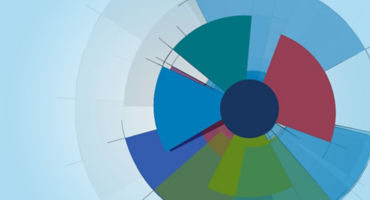My short answer to the question posed in the title here: A typical market bottom doesn’t really look much like what the US equity market experienced in June 2022, at least not historically speaking. Let’s consider the evidence.
June 2022: Likely not a bottom
Amid the S&P 500 Index’s recent (and, as of this writing, still-ongoing) rally, I’ve been fielding a lot of questions around whether or not the US market may have reached its 2022 low this past June. I’ve been inclined to think not, along with many other observers, but the market has clearly been testing that assessment over the last few months. With that in mind, I decided to turn to market history in search of some guidance on the matter.
I updated a prior analysis, focused on key factors — market volatility levels, inflation rates, price/earnings (P/E) ratios, credit spreads, and market drawdowns — that have historically been correlated to US equity market bottoms. Based on this model, which included the 22 US market bottoms since the late 1940s (Figure 1), the hypothesis that June 2022 may have marked this year’s bottom seems unlikely.





























Monthly Market Review — November 2025
Continue readingBy